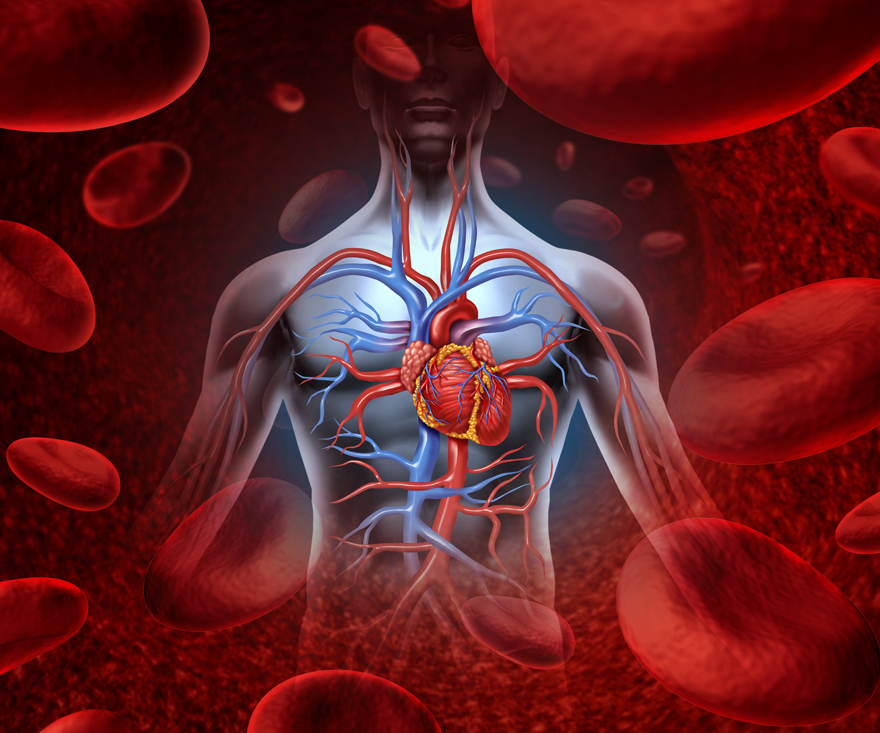CCISS: How changes in gravity affect the heart
The Canadian science experiment Cardiovascular and Cerebrovascular Control on Return from the International Space Station (CCISS) studied the effects of long space missions on astronauts' hearts and the blood vessels that supply the brain.
Background
The absence of gravity in space disrupts the normal circulation and distribution of blood inside the body. Astronauts experience puffy faces and "bird legs" as blood moves from the lower body and congests in the head and chest.
When astronauts return to Earth, the distribution reverses and blood collects in their lower body. If not enough oxygen-rich blood reaches the brain, some astronauts could experience dizziness or blurry vision, while others might even faint.

Astronauts' hearts are affected by the lack of gravity when they arrive in space and by reintroduction to gravity when they return to Earth.
Objectives
The study aimed to:
- gain a better understanding of how astronauts' cardiovascular systems adapt to conditions aboard the International Space Station (ISS)
- help decide if astronauts on the Station should be doing more exercise
- maintain astronauts' health once they return to Earth
Impacts on Earth
CCISS's results could also benefit elderly people who are prone to dizziness and fainting.
Improved knowledge of the mechanisms of drops in blood pressure and the warning signs that might predict risk could reduce the rate of fainting and falls in the elderly.
How it worked
Six astronauts took part in this study.
- Participants wore devices that measured their blood pressure, heart rate, and physical activity pattern during waking hours and sleep, over 24-hour periods before, during, and after their space missions.
- Their vital signs data from the ISS was then compared to those collected before and after their flights.
Results
CCISS found that significant differences exist among individuals. The heart rate response to changes in blood pressure varied between astronauts. These results could point to a need for some crewmembers to do more exercise or take other countermeasures to help protect their blood pressure response on return to Earth.
The experiment also discovered that after exposure to the unique environment of space, arteries in the brain were less able to react to sudden changes in blood pressure. More research must be done in order to determine if this shortfall can be linked to reported changes in astronauts' vision.
The CCISS research team confirmed that astronauts lead an extremely sedentary lifestyle while in space—they simply do not use their muscles as often to move around. Our hearts and muscles rely on the daily challenge of moving against gravity to stay strong and healthy. Long periods of sedentary behaviour are associated with a higher risk of developing cardiovascular disorders like high blood pressure, arrhythmia, and heart failure.
Timeline
The experiment was performed from to .
Research team
Principal investigator
- Dr. Richard L. Hughson, Schlegel–University of Waterloo Research Institute for Aging
Co-investigators
- Dr. J. Kevin Shoemaker, Western University, Ontario
- Dr. Andrew Philip Blaber, Simon Fraser University, British Columbia
- Dr. Philippe Arbeille, University of Tours, France
- Danielle Greaves, M.Sc., University of Waterloo, Ontario
